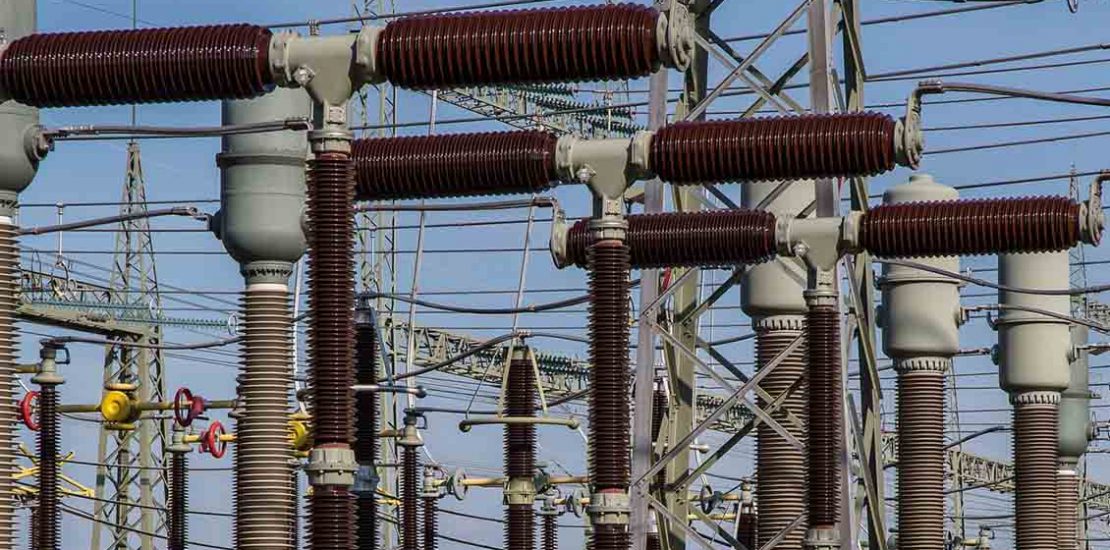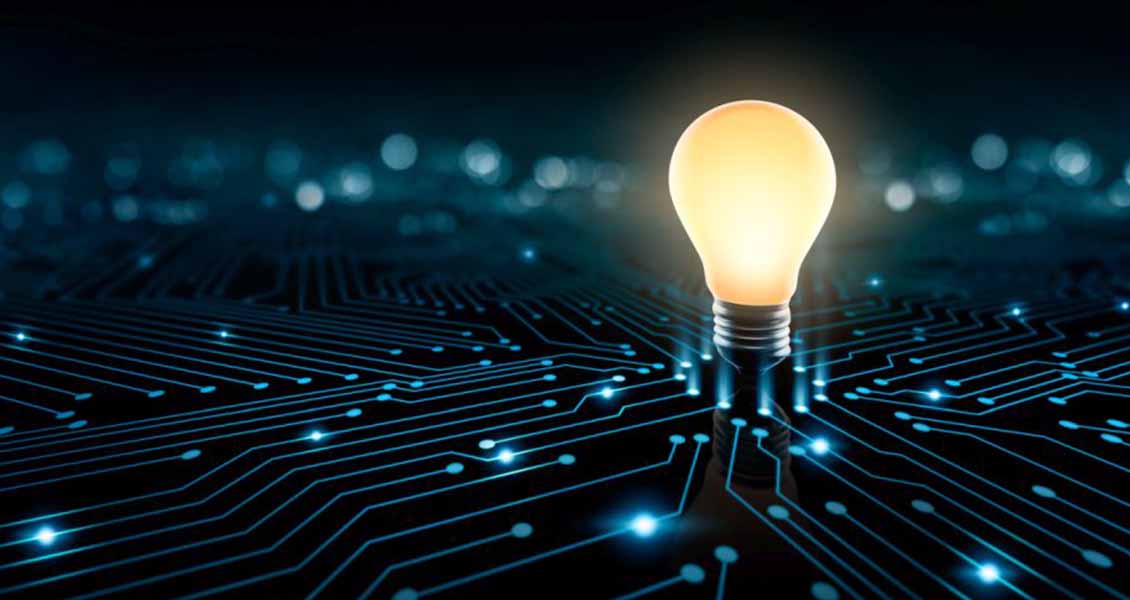Mitigating electricity theft in Nigeria: the role of digital technology
- November 16, 2020
- Posted by: Kedrus
- Category: Digital Transformation

AN OVERVIEW OF NIGERIA’S ELECTRICITY SECTOR
Nigeria’s Electricity sector is 120 years old. It has been in operations for over a century. Nigeria’s first power plant was built in Lagos in the year 1896 with a generation capacity of 60 kilowatts (kW). Since then it has moved through several stages of government ownership and management to its privatization in 2013.
In the month of November 2013, the whole process necessary for the privatization of Nigeria’s electricity sector was finalized and the formal conferral to the private investors was concluded. This event raised the hopes of millions of Nigerians who had become accustomed to living without electricity. The expectation was that the privatized sector would attract investment, increase electricity generation, and supply and ultimately improve efficiency.
Unfortunately, this expectation has been dashed due to a plethora of factors that have limited the efficiency and profitability of utility companies in Nigeria. The Discos particularly are the most affected because they take the responsibility for distributing the energy generated. Most Discos in Nigeria are decrying a high level of electricity theft that is threatening both their profitability and operations.
As a foundation, it is necessary to understand how electricity distribution works.
Electricity generation takes place by using appropriate technology to generate power from a primary source which may be, nuclear, coal, natural gas or other renewable sources like hydro and solar energy. Electricity is generated at low voltage and high current and channeled through a network of transformers and conductors over long distances to various locations where it can be used. This is known as transmission.
At the various locations, the electricity is then broken down into smaller sizes and distributed to various households, businesses, and factories for consumption. This is the distribution phase. The power generated, but not delivered for consumption or not paid for by consumers are known as losses. Losses are divided into two categories; technical and non-technical losses.
Technical losses occur as a result of power dissipation in components of the electricity system such as transmission and distribution lines and transformers. Non-technical losses are caused by actions external to the power system. They are divided into two broad types; commercial and collection losses.
Commercial losses refer to the energy received by the electric utility but not billed for. It comprises losses due to power dissipation in distribution lines, meter tampering, illegal connections, and free users (customers connected to distribution lines but not known by the utility). Collection losses refer to energy billed for but not collected. It comprises billing errors, unpaid bills as well as collusion between utility staff and customers to alter bills. Most of the components that constitute non-technical losses can be categorized as electricity theft.
There are various types of commercial electricity theft
- Direct hook from line: This is known as cable hooking and has been proven to be the most common method of electricity theft. 80% of global power theft occurs by direct hook from line. The consumer taps into a line from a point ahead of the energy meter. This energy consumption is unmeasured.
- Bypassing the energy meter: In this method, the input terminal and output terminal of the energy meter is bridged, preventing the energy from registering in the energy meter
- Injecting foreign element into the energy meter: Meters are manipulated via a remote by installing a circuit inside the meter so that the meter can be slowed down at any time. This kind of modification can evade external inspection attempts as the meter is always correct unless the remote is turned on
- Physical Obstruction: This type of tampering is done to electromechanical meters with a rotating element. Foreign material is placed inside the meter to obstruct the free movement of the disc. A slower rotating disc signals less energy consumption.
- Electrostatic discharge attack on electronic meter: This type of tampering is done on electronic meter to create either latent damage or permanent damage. Detection can be done correctly in high end meters only.
WHY SHOULD WE BE BOTHERED?
Irrespective of the method used, the primary concern is the adverse impact that electricity theft is having on both the power sector and in extension the economy. The plague of electricity theft is an issue of global concern. Its effect has been felt by utility companies in both developed and developing economies. It is estimated that global power theft amounts in losses of $96Billion each year. The culprits cut across private households to industries and even government. Mitigating Electricity theft must be an effort from all stake holders including government, citizens and utility companies. This is especially true in developing countries. The government must critically consider the impact such activities have on the nation’s economy.
Estimates reveal that Discos in Nigeria lose as much as $30 billion annually to power theft. According to a statement from Mr Sunday Odotun, Executive Secretary, Research and Advocacy, Association of Nigerian Electricity Distributors (ANED), “There is need for effective legislation by the National Assembly to checkmate energy theft in the country as the practice is costing the power sector billions of naira monthly. The power sector is currently grappling with a liquidity shortfall of over N1.5 trillion occasioned by a combination of adverse conditions among which is the high rate of energy theft,”
In another instance, Port Harcourt Electricity Distribution Company (PHEDC) claimed losses of N233 million monthly in revenue (The Punch, 2016) and Ikeja electricity distribution company reported that 43,000 of 134,000 meters installed over a period of five years had been tampered with (www.nigeriaelectricityhub.com, 2014). Except necessary action is put in place, these utility companies may face bankruptcy threats. The way forward is to confront this challenge with the desperation and urgency that it demands.
Many utility companies are embarking on specific programs to reduce electric energy losses on their low voltage grids, both as a measure of energy conservation and as an alternative to increasing generation capacities which prior to now has been the strategy to manage non-technical losses.
HOW CAN TECHNOLOGY HELP?
Digital Technology can be the game-changer for most Discos in Nigeria. With solutions powered by machine learning and data analytics, Discos can monitor electricity usage at granular levels. A System that uses analytics will allow for closer monitoring of theft attempts or diversion activities. Discos that will easily detect activities of theft must be willing to deploy the technology that is necessary for granular monitoring of electricity usage and consumption. This way they can easily identify any anomalies in the standard usage threshold within a specific customer class.
When using digital solutions, Discos can also impose thresholds for comparison. Examples include looking for consumption that is for instance 20 percent more or less than a customer’s seasonally adjusted usage or a vacant-house threshold that exceeds normal leakage, such as more than 10 kilowatt-hours (kWh) per billing cycle. An on-site inspection might be in order when usage falls outside the expected threshold.
Because of the possibilities that digital solutions provide in fighting electricity theft, there has been a high demand for Advanced Metering Infrastructure (AMI) systems. AMI allows for the reduction of non-technical losses. When an energy utility company deploys a smart AMI Hardware and software, they are able to obtain visibility of the activities of theft, fraud, and any other type of attack through their dashboard. Smart meters are a good example of an AMI solution. Discos in Nigeria should invest into acquiring and installing smart meters for consumers.
The increased deployment of smart metering and smart grid technologies, along with the ability to leverage powerful back-office analytics of data from such deployments will provide discos with new opportunities for identifying and analyzing energy diversion in the distribution network.
In a typical scenario, data derived from a Discos’ customer information system like monthly billing, time of use values as well as detailed load survey information, can be analysed to identify usage anomalies that are not consistent with standard norms. Even in situations where a distribution company only reads residential customer meters once a month for billing, this form of analytics can be useful for detecting simple, unsophisticated types of diversion and large-grained usage anomalies, such as those caused by defective, slow or stopped meters, simple forms of meter bypass, neighborhood power diversion and even unregistered consumers. This form of analytics compares usage to predetermined thresholds and patterns of use by certain customer classes and even by data such as household size or business type. To make the model more robust, Discos can leverage additional information, including load-survey data, weather data and CIS processes for tracking move-out, vacation notifications, foreclosures or other events that affect consumption.
One thing is certain for now, there isn’t any setup or framework that can guarantee 100% prevention of electricity theft. Despite several attempts by utility companies over the years to discourage and curb its occurrence there is still a high level of attacks and theft happening in most countries with the highest rates and impacts in developing economies. Notwithstanding, the emergence of digital technology has contributed to a significant decrease in the impact of electricity theft across the globe. For those organizations that have embraced AMI solutions and the possibilities that machine learning and data analytics offers, they are winning the war against electricity theft.
For discos in Nigeria, the big question boarders on how fast they can implement mass deployment of mass metering as well as the accompanying AMI hardware and software solutions. The second critical factor is the implementation of legislation that prosecutes the culprits of electricity theft.
We at Kedrus consulting are very passionate about helping businesses achieve their bottom lines and scale in good time. We leverage technology and deep industry experience in delivering value to our esteemed clients. We currently deploy productivity tools and data analytics solutions that can help Discos gain useful insights about energy distribution and consumption across their networks. Our solutions have proven to be useful in fighting energy theft and also preventing its occurrence through early detection mechanisms.
We are available for further discussions about deploying an efficient energy theft detection/prevention digital solution. Visit our website to gain more insights about our services. [www.kedrusconsulting.com]



